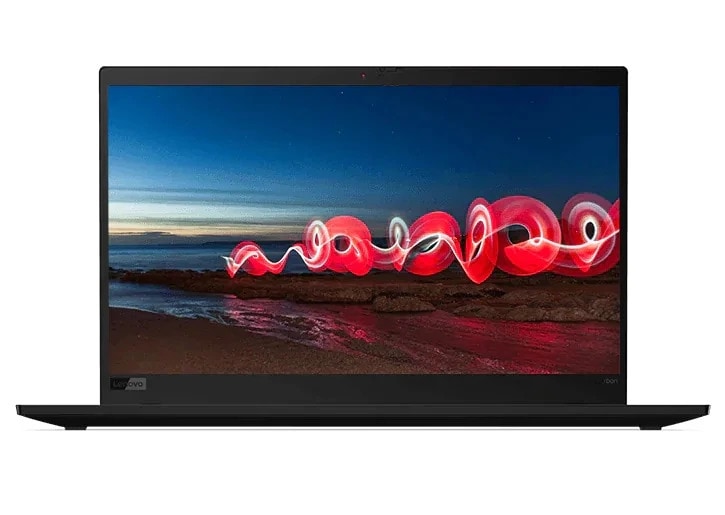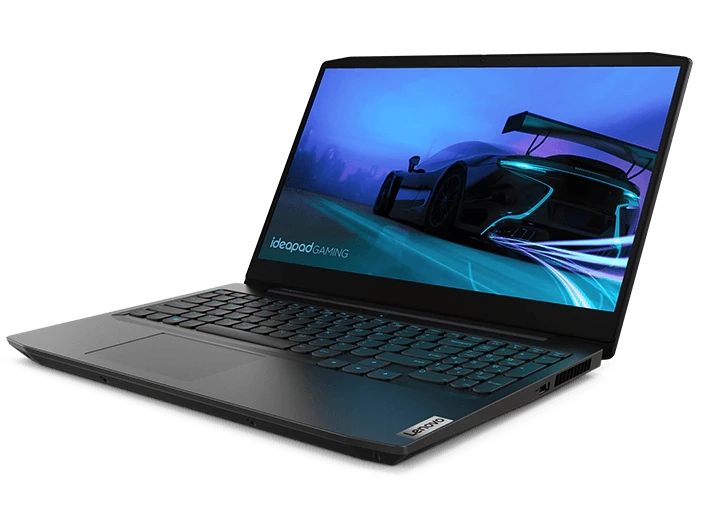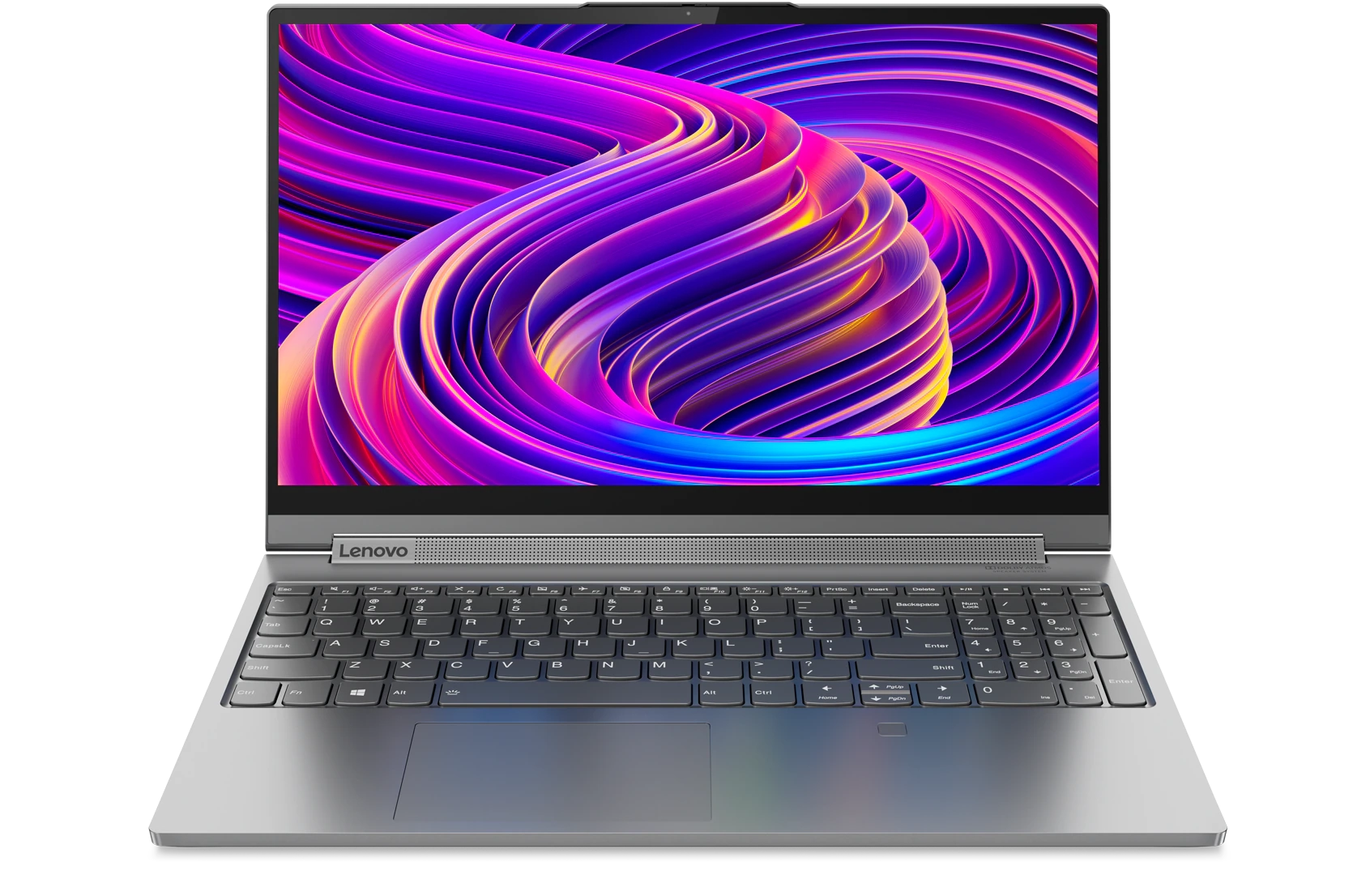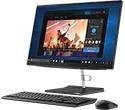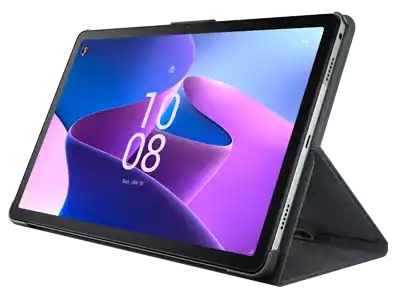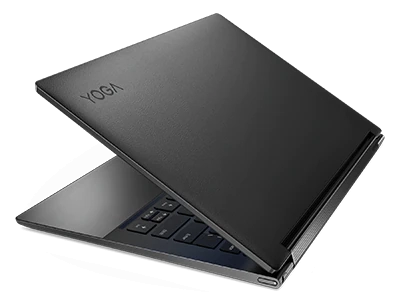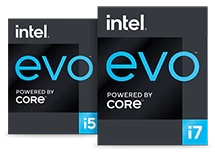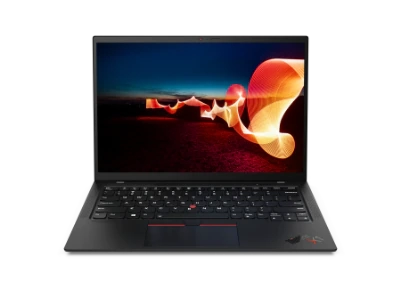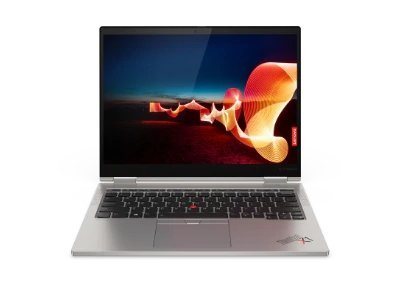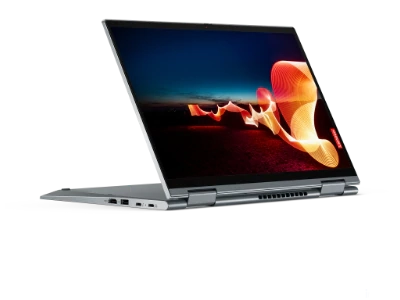Intel Optane Memory
Intel® Optane™ memory accelerates the performance of your laptop, desktop PC, or workstation. In simplest terms, Optane memory keeps your most frequently used data – boot files, software programs, and so on – close to your processor, so it can be utilized almost instantaneously. This is far faster than calling the same data from your storage drive, or even from RAM.
Optane memory does not replace RAM or internal storage but rather works in conjunction with it. Intel launched Optane in 2017, first as discrete memory modules that snapped into an M.2 slot on the PC motherboard. Later, Intel debuted Optane-enabled solid state storage drives (SSDs), combining the best of both NAND Flash (the typical SSD media) and Optane acceleration.
Lenovo puts Optane memory in multiple laptop, desktop and workstation models. It’s an option that’s worth considering – especially for anyone who likes to keep their important business, gaming and other files on large, traditional HDDs. Compared to the HDD alone, a system with Optane acceleration will boot up and open your favorite applications with noticeably greater speed.
What is Optane memory?
Most consumers first experience Intel Optane memory in its M10 module form, where Intel has positioned it as a way to get expensive, SSD-style speed and responsiveness in systems equipped with less expensive (but slower) spinning HDDs. Optane H10-enabled SSDs are also popular – showing that even in SSD-equipped systems, Optane acceleration can enhance system usability considerably.
Benefits of Optane memory
Here are the most oft-cited advantages of putting Intel Optane memory in your new PC:
- Intelligent acceleration: Optane adapts and adjusts as you use it. By learning your computing behavior, your most common and repeated tasks can be made faster over time.
- Greater responsiveness: With your start-up files and other critical data in Optane memory, your PC will boot faster, file searches will go more quickly, and saving large files can happen in a snap.
- Capacity plus speed: HDDs are often favored over more costly (but faster) SSDs for users with lots of game files, project data, etc. Optane can make using HDDs nearly as fast as using SSDs.
Best of all, Optane memory is non-volatile, meaning the data within it is retained even when your PC is shut down. This makes it different from data placed in your volatile RAM, which disappears each time you power off.
How does Optane memory work?
Intel Optane combines a unique kind of memory media (3D XPoint, explained below) with advanced memory management software such as Intel Rapid Storage Technology (RST), effectively merging your PC's memory and storage into what Intel considers a single, virtual drive. The combination, Intel says, delivers significantly better overall system speed.
Optane memory modules work only with Intel's seventh-generation Core i processor platforms and later and require special, M.2-slotted motherboards capable of hosting the Optane chip. And while Optane has benefits for systems equipped with SSDs, its acceleration capabilities will be most noticeable to users of old-style spinning HDDs.
Optane memory advantages
Optane memory's biggest advantage is probably its non-volatility, meaning its data doesn't disappear when the system powers down, as is the case with traditional DRAM. This makes Optane ideal for accelerating the boot process, since system launch data can be held in the Optane module and be ready as soon as you press the Power button.
High-level benefits of Optane memory:
- Provides cheaper alternative to dual-drive systems that include both a small SSD (for boot-up) and a larger HDD for mass storage
- Accelerates both initial system boot and software launch times – it can even pre-fetch email or page content from favorite websites
- Speeds access to specific data within large volumes (gamers with 4 TB drives don't want to waste time waiting for their 5-10 GB game data to be located)
Plus, because Optane adapts to how you use your system, it learns which programs you use most often and, essentially, positions their launch data at the front of the queue.
3D XPoint and Optane memory
Optane memory is based on 3D XPoint technology jointly developed by Intel and Micron. 3D XPoint (pronounced “cross-point”) seeks to fill the functional gap between fast but volatile (and relatively expensive) DRAM and less costly, non-volatile NAND Flash. While a revolution in its day, NAND Flash has comparatively high latency (the delay between an input/output (I/O) request and the resulting response from a drive), leading some advanced users, such as gamers, to complain of bottlenecks.
The 3D XPoint technology in Optane memory has lower latency than NAND Flash (though not quite as low as DRAM). But it has higher data density than DRAM, giving it greater storage capacity. This low-latency/high-capacity approach sets 3D XPoint (and Optane) apart from other acceleration solutions.
Optane memory for business users
Everyday users will notice the faster boot times. But business users -- whether home office, SMB, or enterprise -- can get even greater benefits from Optane memory:
- Faster... everything: Optane helps launch everything faster: web browsers, email readers, remote meeting software, slide presentations, and all the other applications on a typical business desktop or laptop. For office work, this can mean greater productivity. For field work, it can mean faster-paced and more effective sales presentations and product demonstrations.
- Cost savings: With Optane capable of making less expensive HDD systems run nearly as fast as ones with SSDs, Optane puts SSD-like performance within the financial reach of most small business computer buyers. For enterprise computer buyers, the savings multiply. And as more Optane-equipped systems come into the market, buyers at all levels will have new options.
In addition to business users, Optane memory delivers benefits to video game players, too.
Optane memory for gamers
Competitive computer game players want the fastest, most responsive systems possible, not only for game-action input/output (I/O) but also for rendering complex graphics, managing in-game commentary and messaging, and so on. Plus, gamers need big hard drives to store their games, some of which can exceed 20 GB, with install sizes of 100 GB or more.
Traditionally, gamers -- especially those on a budget -- had to balance the speed and responsiveness of SSDs against their substantially higher cost (particularly in larger capacities). But with Intel Optane memory, PC manufacturers can build systems with high-capacity, less expensive HDDs but still offer many of the accelerated performance features associated with SSDs.
Plus, game engines are constantly ingesting vast amounts of data, so Optane's memory cache (Optane memory modules launched with 16 GB or 32 GB module sizes) can provide a larger data holding area to smooth game I/O. And since it's non-volatile, game-play data stored in Optane memory won't disappear when the system is shut down.
Intel and Intel Optane are trademarks of Intel Corporation or its subsidiaries in the U.S. and/or other countries.

